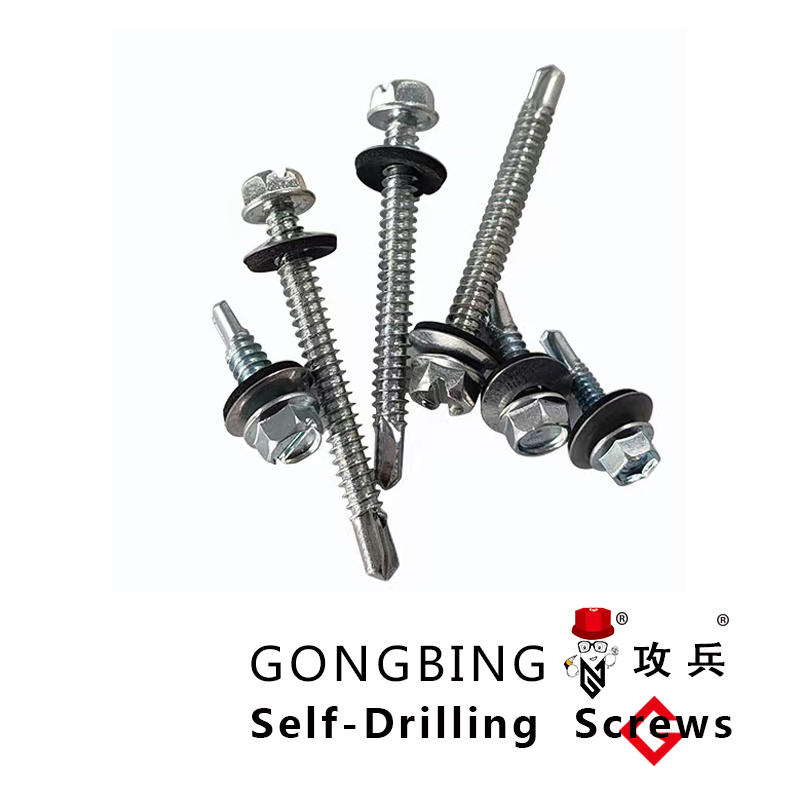chipboard fixings
Understanding Chipboard Fixings A Comprehensive Guide
Chipboard, also known as particle board, is an engineered wood product made from wood chips, sawmill shavings, and wood dust, bound together by adhesive under heat and pressure. It’s a popular choice in furniture and cabinetry due to its affordability and versatility. However, one key element that ensures the durability and stability of chipboard products is the type and quality of fixings used.
What are Chipboard Fixings?
Chipboard fixings are specialized fasteners designed for use with chipboard materials. They come in various forms, including screws, dowels, and brackets, specifically engineered to accommodate the unique properties of chipboard. Unlike natural wood, chipboard has a different density and structure, requiring fixings that can provide a secure hold without splitting or damaging the material.
Types of Chipboard Fixings
1. Chipboard Screws These are typically made of hardened steel and are designed to cut into the chipboard without pre-drilling. They often have a coarse thread that helps grip the material securely. There are variations, such as those with a flat or pan head, which are used depending on the assembly requirements.
2. Dowel Pins Used primarily for joining two pieces of chipboard, dowel pins provide excellent stability and alignment when correctly inserted. They require accuracy in drilling holes, but once inserted, they create a strong bond between the two sections.
3. Brackets and Corner Plates For added structural support, metal brackets and corner plates can be used. They are especially useful in constructing frames or securing furniture joints that may bear significant weight.
Factors to Consider When Choosing Chipboard Fixings
When selecting fixings for chipboard, several factors should be considered to ensure optimal performance
chipboard fixings

- Material The material of the fixing itself is crucial. Galvanized or stainless steel is preferable due to their resistance to corrosion, which can be a concern, especially in humid environments.
- Length and Size The length and diameter of the fixing should be chosen based on the thickness of the chipboard and the type of joint being created. Too long of a screw can penetrate too far and damage the opposite side, while too short may not provide a secure hold.
- Type of Load The nature of the load that the chipboard assembly will bear is also vital in choosing the right fixing. Heavier loads may require screws with a larger gauge or the utilization of additional support like brackets.
Installation Tips
Proper installation is key to ensuring that chipboard fixings perform well over time. Here are a few tips
- Pilot Holes When using screws, especially in thicker chipboard, consider drilling pilot holes to prevent the material from splitting.
- Even Pressure When tightening screws, apply even pressure to avoid damaging the chipboard surface.
- Avoid Over-Tightening Over-tightening can strip the hole and weaken the joint, leading to eventual failure.
Conclusion
Chipboard fixings are an essential aspect of working with chipboard materials, contributing significantly to the strength and reliability of the final product. By understanding the different types of fixings and the important factors to consider, DIY enthusiasts and professionals alike can ensure their projects are built to last. Whether constructing furniture, cabinetry, or any other project involving chipboard, selecting the appropriate fixings and installing them correctly will make all the difference in achieving durability and functionality. Remember, careful planning and execution are the keys to a successful build!
-
Weatherproof Plastic Expansion Anchors for OutdoorNewsJun.06,2025
-
Sustainability in the Supply Chain: Eco-Friendly TEK Screws ProductionNewsJun.06,2025
-
Load-Bearing Capacity of External Insulation FixingsNewsJun.06,2025
-
Double Head Bolts: Enhancing Efficiency in Industrial MachineryNewsJun.06,2025
-
Corrosion Resistance in Chipboard Screws: Coatings for Wholesale DurabilityNewsJun.06,2025
-
Butterfly Toggle Bolts : Enhancing Structural ResilienceNewsJun.06,2025
